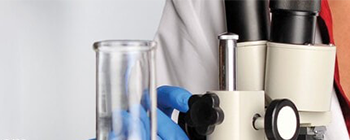missing translation for 'onlineSavingsMsg'
Learn More
Learn More
TCR V alpha 3.2 Monoclonal Antibody (RR3-16), FITC, eBioscience™
TCR V alpha 3.2 Monoclonal Antibody (RR3-16), FITC, eBioscience™
Supplier: Thermo Fisher Scientific 11579980
Specifications
| TCR V alpha 3.2 | |
| Monoclonal | |
| 0.5 mg/mL | |
| PBS with 0.09% sodium azide; pH 7.2 | |
| Rat | |
| 25 μg | |
| Primary | |
| 4°C, store in dark, DO NOT FREEZE! | |
| Liquid |
| Flow Cytometry | |
| RR3-16 | |
| FITC | |
| TCR V alpha3.2; TCRV alpha 3.2; TCRV alpha3.2; Va3.2; Valpha3.2 | |
| Affinity chromatography | |
| RUO | |
| Mouse | |
| Antibody | |
| IgG2b κ |



